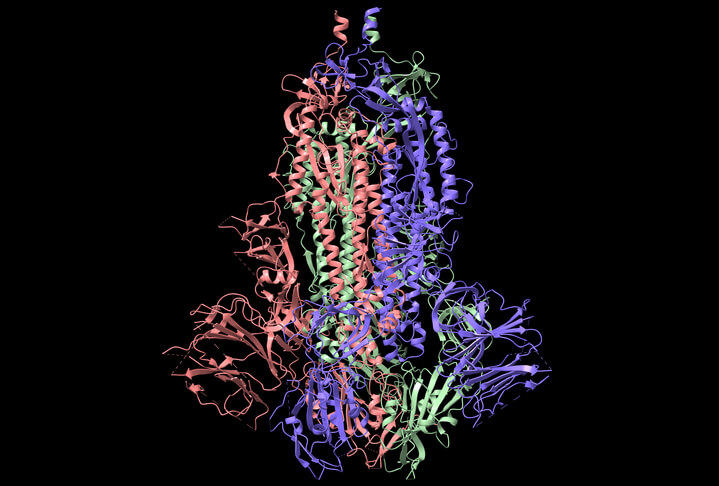Quick background on proteins
Proteins are a type of macromolecule made of amino acids. Each amino acid has an amino side chain, a carboxyl group side chain and between them are the atoms unique to each amino acid, typically these unique atoms are called the “side chain” or “r group.” There are 20 amino acids that make up the chains of proteins. There are a large number of combinations that can arise from 20 amino acids, their various placement in a chain, the length of the chain, and the secondary and tertiary structure of the chain. These many combinations give rise to the diversity of proteins and their functions in nature. There are two types of secondary structure that a protein chain can take, alpha helix and beta sheet. These secondary structures further take on a tertiary structure which can happen in many ways.
Protein Molarity Calculator
Molarity is the moles of a solute in a liter of solution. The makes the units of Molarity (M), moles/liter. You can calculate Molarity based on information you have about your protein. To understand how to do a protein molarity calculation, let’s begin with important conversions.
1 Dalton (Da) = 1 g/mol, this means that 1 KDa = 1000 g/mol = 1 kg/mol.
Grams per mol or kilograms per mol are two ways of expressing molecular weight. To give you an idea of what sizes of proteins to expect, Titin is the largest protein in the human body and it has over 34,000 amino acids and is 3.9 million g/mol. The smallest proteins will have less than 50 amino acids in their chain. Usually you will be calculating Molarity from a concentration, such as g/mL. Let’s do the conversion:
M = (g/L) / (molecular weight in Da)
By dividing g/L by g/mol (Da), you are left with just mol/L (M)
You can also get μM or other scaled molarities:
μM = (μg/L) / (MW in Da)
nM = (ng/L) / (MW in Da)
Let’s do a common example, getting the molarity of an antibody. An antibody has a molecular weight of 150kDa or 150000 Da. You have 500 mg/L of antibody. What molarity is your antibody?
mM = (500 mg/L) / (150000 Da) = 0.003333 mM or 3.333μM
Importance of protein molarity calculator
Protein molarities are used in many contexts. Molarity tells us about how many proteins are present in a solution, where concentration just gives us the amount of mass of a protein in solution. But as mentioned before, the molecular weight of a protein can vary by orders of magnitude! This means that Molarity is a useful way to understand how much protein is in a solution without having knowledge of the molecular weight of every protein. In laboratory experiments this can mean having a physiologically relevant amount of a protein present in an in vitro experiment.
Related news
- Magnetic immunoprecipitation (IP) input into western blot analysis
- Monoclonal vs. Polyclonal antibodies
- ELISA standard curve





